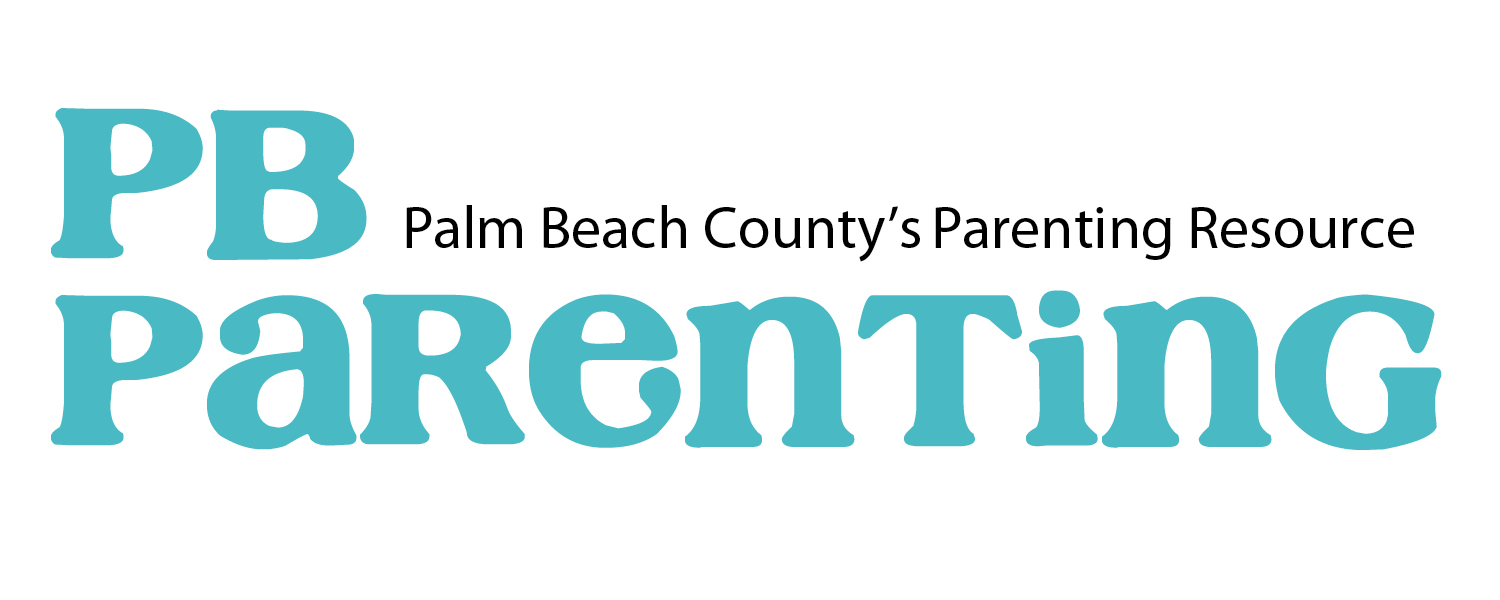Nap-Know-How

BY SARAH LYONS
Have you ever seen the kids sleeping in strollers at the mall or even an amusement park, clearly not bothered by the noise or what is going on around them? Before I became a mother, I assumed getting a child to nap was as simple as giving the child a space to rest. A dozen years and six kids later, I have learned the hard way that it is rarely that simple. Nap time can be a battle between parent and child that leaves you feeling exhausted rather than rested. This leaves parents searching for suggestions to make things go more smoothly, ultimately resulting in more rest for everyone.
Tips for the newborns
It is common for newborns to have their days and nights mixed up. The goal for this age is to help babies sleep more at night and take many short naps in between feedings during the day. Newborns need up to 16 hours of sleep per day and it’s okay if they rest in their cribs, in the car, or in your arms. You cannot spoil a newborn baby with too many snuggles. Play and interact with your baby during daytime hours and create quiet restful times at night to encourage correct sleep patterns.
Tips for infants
At 3 months old, babies can sleep 5-6 hour stretches at night. This is a great time to start introducing a nap schedule. Consistency is key and parents often have success by creating a routine. Turn down the lights, snuggle in the chair, read a book or sing a song, swaddle baby and lay them down while still awake but sleepy. Babies learn what to expect by routine and when they start to recognize the bedtime cues they will begin to relax and prepare for naptime. During this stage babies typically take two naps per day. Some parents will set their nap schedule by taking note of when baby wakes up. Two to three hours later they start their naptime routine, followed by lunch or midday feeding and playtime. Similarly, the afternoon nap would follow two to three hours after the child wakes up from morning nap, followed by dinner or evening feeding, playtime, bath time and bedtime. The bedtime routine should be similar to the pre-naptime routine to create consistency. Once the naptime schedule and routine are established, continue to be consistent and naptime will become a positive experience for both of you.
Tips for toddlers
Usually between 12 and 18 months, your child will begin to give up their morning nap. While this may worry some parents, it can be freeing. Moving to one long nap in the afternoon can give parents more freedom to explore activities in the morning with their child. Some parents may find that moving the afternoon nap to an earlier time as they make this transition may be an easier for the child. If you prefer a later afternoon nap, begin moving the time by 15 minutes until you reach the time that works for you.
Tips for preschoolers
Most kids will give up naps between the age of 3 and 5 years old. As parents transition out of naps, providing a quiet time to rest is still very important as kids of all ages (and their caregivers) need downtime to recharge. Provide a quiet space either in their bedroom or a comfy chair for them to play quietly, read, listen to music, or watch a favorite show. Get the whole family to participate, including mom and dad. This may be a nap for some, reading a book for others, or drawing or journaling for some.
Sarah Lyons is a mom of six children, including three year old triplets. She has had lots of practice getting kids to take naps (or not).


